Review of the Day: All the Water in the World by George Ella Lyon
 All the Water in the World
All the Water in the World
By George Ella Lyon
Illustrated by Katherine Tillotson
A Richard Jackson Book, Atheneum (an imprint of Simon & Schuster)
$15.99
ISBN: 978-1-4169-7130-6
Ages 4-8
On shelves now
The role of the public library has changed so often over the last century or so that its latest incarnation as a supporter of public education turns out to be one of the more logical connections you’d expect from this essential institution. Suddenly public libraries around the country are purchasing books that support school agendas and school curriculums. They’ve always done so to a certain degree, but now that school library budgets are being slashed, public libraries often find themselves picking up the slack. That means that suddenly they have to start buying books that support already existing subject areas. You know. Second grade biographies. Colonial America. That sort of thing. One subject that I know schools teach regular is “the water cycle”. Kids need to learn about it, preferably along with the environmental implications. Now a library has a choice. It can go out and buy some dull as dishwater textbooks that have all the science and none of the verve, guaranteeing that their child readers fall to sleep before they reach page four. OR they can locate books like George Ella Lyon and Katherine Tillotson’s All the Water in the World. This is the kind of book that’s going to fulfill a variety of different needs all at once. It makes teachers happy because it teaches science. It makes libraries happy because of its visual splendor and poetic language. And it makes kids happy because, quite frankly, its fun. You know what that means, don’t you? This book’s the best kind of triple threat.
ADVERTISEMENT
ADVERTISEMENT
You get a pretty good sense of author George Ellen Lyon’s writing style the minute you notice that the title is part of the book’s first sentence. On the title page you’ll read “All the water in the world” and then when you turn the page you encounter ” . . . is all the water in the world.” So right there you’ve handed child readers an oddly Zen but true sentence. Let `em chew on it a while and try to find a loophole. If they start talking about water from space then you start teaching a space unit as well, or maybe a vocabulary lesson where you determine what “in the world” really means. For the record, the book is full of these little verbal riddles. “Water doesn’t come. It goes. Around.” I sort of love that. I also love “that rain has been here before,” setting up the idea of things circling around and around until something somewhere goes wrong. Lyon is a poet in her own right so while she’s discussing matters of the material world she’s still not afraid to throw in some delicious language. “Thirsty air / licks it from lakes / sips it from ponds / guzzles it from oceans . . .” How many books about the water cycle make you want to read them over and over again? Not too many, honey. Not too many.
 I’ve a low didacticism tolerance, even when the message being conveyed is one I believe in. And different lessons become trendy over the years. Early American children’s books used to convey dull tales of morality in the hopes of shaping their young readers’ ethics. Some books in the 20th century sought to reinforce social mores and then, later, to break them down. These days the hot topics you’ll find in a large swath of books for kids are anti-bullying screeds and environmental messages. Both are worthy subjects of titles for kids, but of the books published I’d say a good 90% are simply awful. You’ve probably seen them. They’re the kinds of books that make the Berenstain Bears look subtle in comparison. So part of what I appreciated so much about All the Water in the World was that while the environmental message is there (the last three words in the book are “keep Earth green!” after all) it’s introduced subtly and naturally into the text. You can’t talk about water without talking about what’s happening to it around the globe, after all. Not even in a picture book. But rather than straight out say to kids the obvious “pollution is bad” message, Lyon is clever enough to show the vast use of water, who it helps, what it does, and so on. That way, when she gets to the end and says we should keep it clean and the Earth green, kids already understand why. For that reason this book would actually pair rather nicely with the equally curriculum-friendly Coral Reefs by Jason Chin.
I’ve a low didacticism tolerance, even when the message being conveyed is one I believe in. And different lessons become trendy over the years. Early American children’s books used to convey dull tales of morality in the hopes of shaping their young readers’ ethics. Some books in the 20th century sought to reinforce social mores and then, later, to break them down. These days the hot topics you’ll find in a large swath of books for kids are anti-bullying screeds and environmental messages. Both are worthy subjects of titles for kids, but of the books published I’d say a good 90% are simply awful. You’ve probably seen them. They’re the kinds of books that make the Berenstain Bears look subtle in comparison. So part of what I appreciated so much about All the Water in the World was that while the environmental message is there (the last three words in the book are “keep Earth green!” after all) it’s introduced subtly and naturally into the text. You can’t talk about water without talking about what’s happening to it around the globe, after all. Not even in a picture book. But rather than straight out say to kids the obvious “pollution is bad” message, Lyon is clever enough to show the vast use of water, who it helps, what it does, and so on. That way, when she gets to the end and says we should keep it clean and the Earth green, kids already understand why. For that reason this book would actually pair rather nicely with the equally curriculum-friendly Coral Reefs by Jason Chin.
 I don’t know why it took so long for an editor to realize that Ms. Tillotson’s kinetic art is perfect for nonfiction subject matter. Until now she’s done lovely work on books like When the Library Lights Go Out and It’s Picture Day Today! but All the Water in the World feels like a step in a different direction. Like It’s Picture Day Today! there’s life and energy to the art, but there’s something else going on there. Purpose. Now Tillotson’s images have the dual purpose of entertaining and informing. She takes up the challenge readily, causing water droplets to form shapes of deer and children in the spaces between their flow. Thirsty air now has a form and the sudden vertical two-page spread that forces readers to turn their books contains such a convincing downpour that you’ll half believe your fingers will grow damp when you touch it. I don’t think I was the only one to be shocked when I reached the publication information at the book’s end and discovered that the art here is entirely digital. Digital? When I think of digital art I think of slick single-color lines and dull shading, not splatters of water turning into snails and squirrels or a mimicry of watercolors that looks like the page itself is rippling. Tillotson masters the electronic form, matching Lyon’s poetry page for page, word for word, blow by blow.
I don’t know why it took so long for an editor to realize that Ms. Tillotson’s kinetic art is perfect for nonfiction subject matter. Until now she’s done lovely work on books like When the Library Lights Go Out and It’s Picture Day Today! but All the Water in the World feels like a step in a different direction. Like It’s Picture Day Today! there’s life and energy to the art, but there’s something else going on there. Purpose. Now Tillotson’s images have the dual purpose of entertaining and informing. She takes up the challenge readily, causing water droplets to form shapes of deer and children in the spaces between their flow. Thirsty air now has a form and the sudden vertical two-page spread that forces readers to turn their books contains such a convincing downpour that you’ll half believe your fingers will grow damp when you touch it. I don’t think I was the only one to be shocked when I reached the publication information at the book’s end and discovered that the art here is entirely digital. Digital? When I think of digital art I think of slick single-color lines and dull shading, not splatters of water turning into snails and squirrels or a mimicry of watercolors that looks like the page itself is rippling. Tillotson masters the electronic form, matching Lyon’s poetry page for page, word for word, blow by blow.
I should note that there will be some teachers who find the book insufficient for school assignments. There is no Bibliography at the end. No Afterword. No Glossary of terms. The book shows how the water cycle works, but it does so in a fun artistic way, not a rote scientific one. You won’t see graphs with arrows that label each part of the process. You will see rain plucked from oceans, carried over mountains, and rained onto plains, but it feels like it’s part of a story not a lesson. For that reason I really feel the book should be a vital part of every library system. Anyone can stuff facts onto a page. To make the material sing takes a special hand or two. And as luck would have it, four special hands from two talented women came together to create this little gem of a book. If you’re looking to give a gift to a child but you want to hand them something informative rather than the fiction you’ve been giving out all these years, give All the Water in the World a shot. It’s a hoot and a beaut. Poetry and nonfiction and art all coming together to make everybody happy.
On shelves now.
Source: Final copy sent from publisher for review.
Misc: Happy Nonfiction Monday! The Nonfiction Detectives have today’s round-up of links across the Kidlitosphere. High thee hence to see what’s hopping.
Filed under: Best Books of 2011, Reviews
About Betsy Bird
Betsy Bird is currently the Collection Development Manager of the Evanston Public Library system and a former Materials Specialist for New York Public Library. She has served on Newbery, written for Horn Book, and has done other lovely little things that she'd love to tell you about but that she's sure you'd find more interesting to hear of in person. Her opinions are her own and do not reflect those of EPL, SLJ, or any of the other acronyms you might be able to name. Follow her on Twitter: @fuseeight.
ADVERTISEMENT
ADVERTISEMENT
SLJ Blog Network
Notes on April 2024
Review| Agents of S.U.I.T. 2
Navigating the High School and Academic Library Policy Landscape Around Dual Enrollment Students
Book Review: The Kids in Mrs. Z’s Class books 1 and 2
ADVERTISEMENT

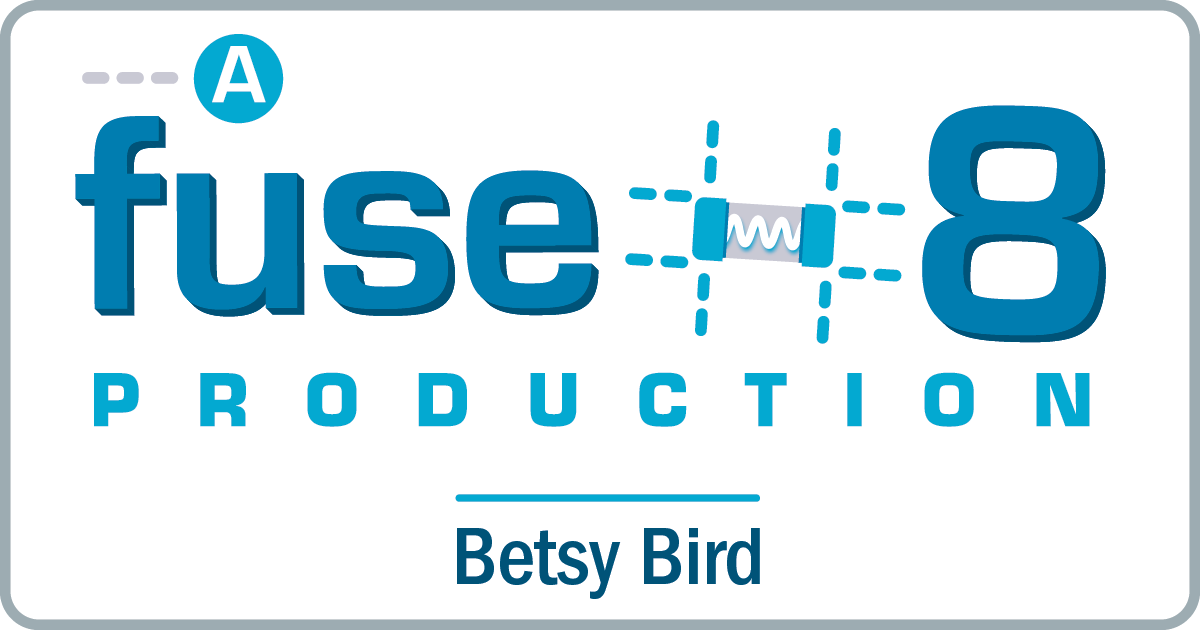


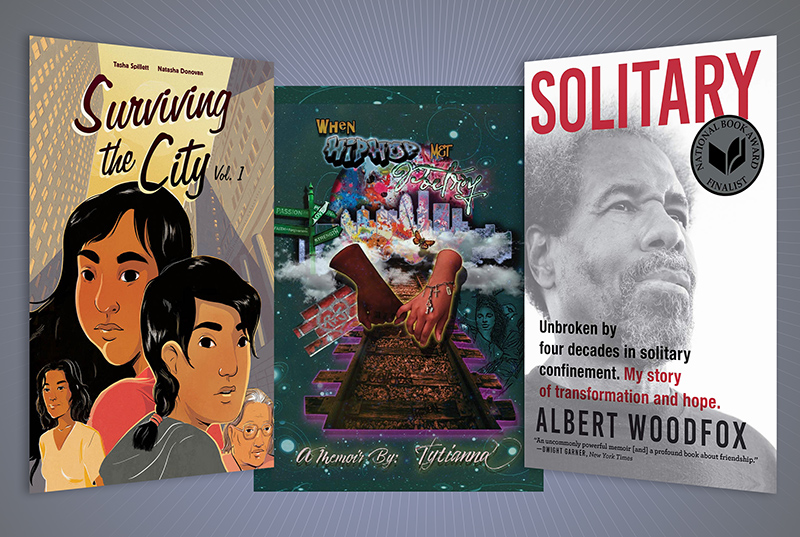
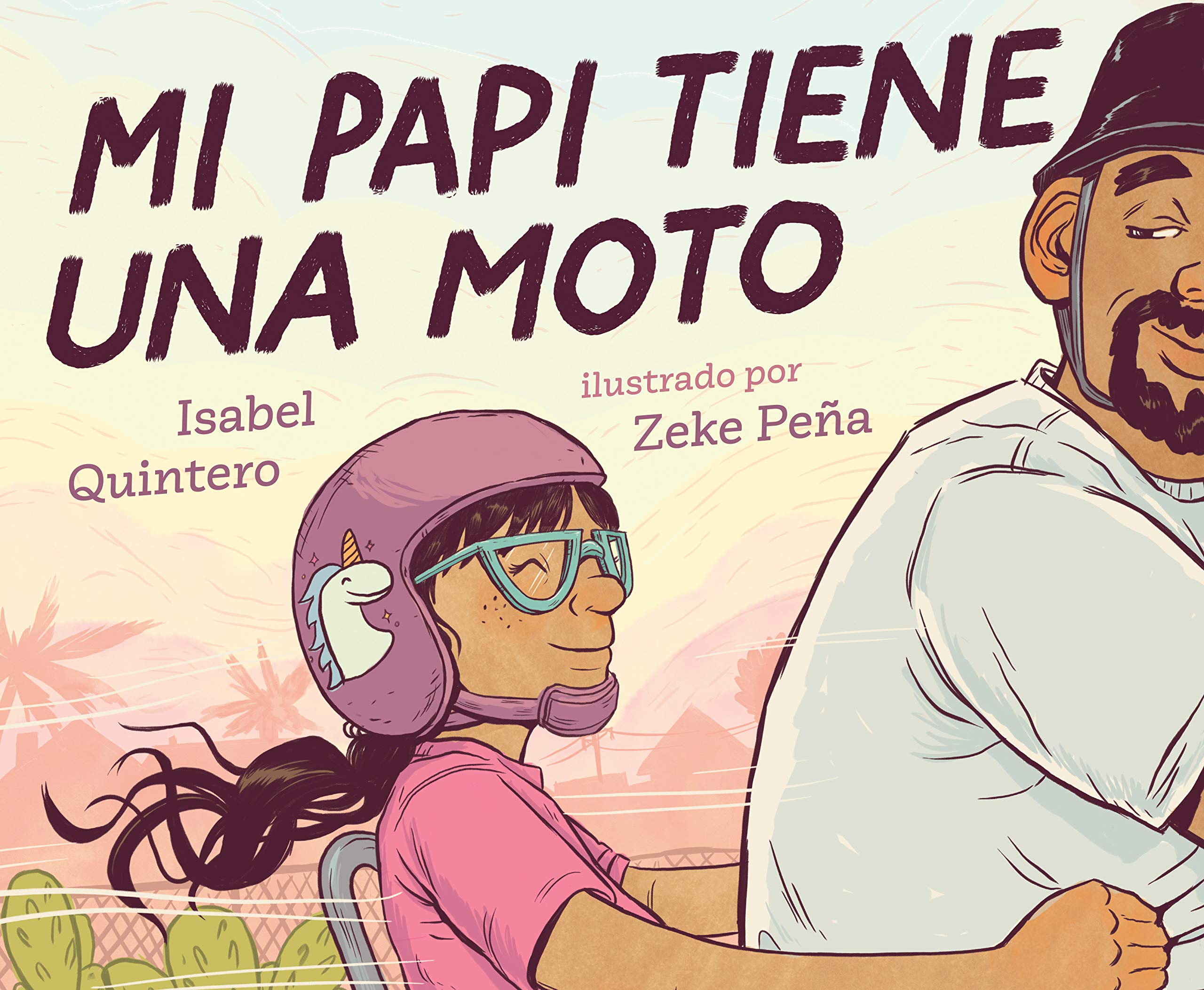

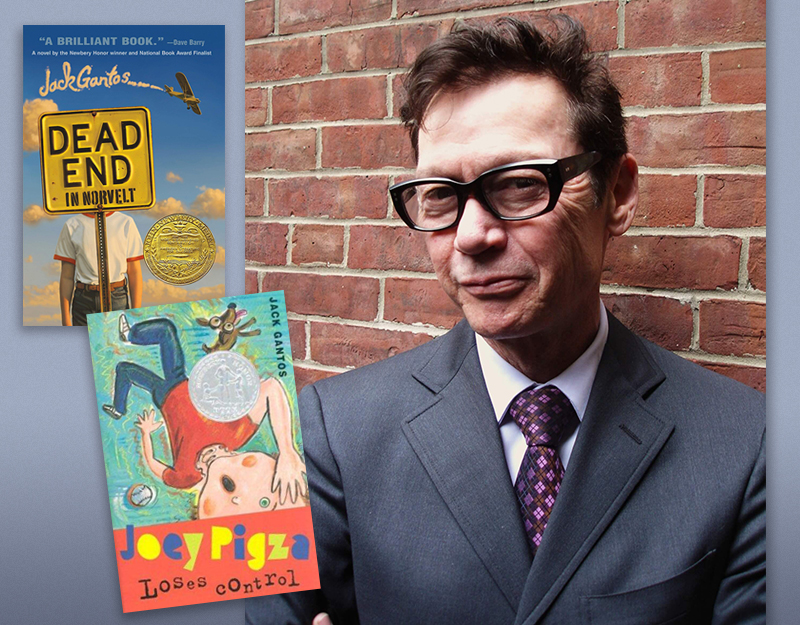
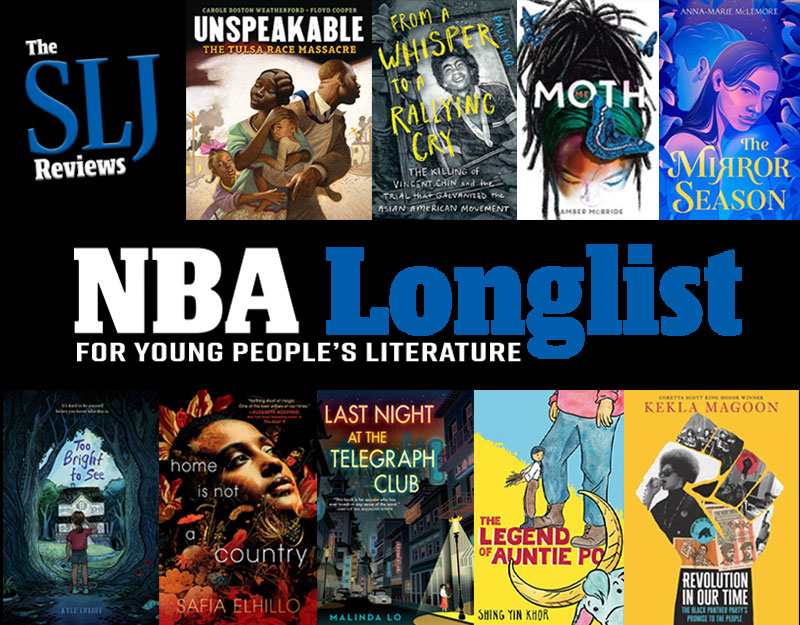
And school librarians really do thank you for helping us! Nonfiction is especially difficult to buy because it gets read more infrequently and is so expensive. I’ll have to see if this picture book is useful for my middle school teachers, who cover the water cycle.
Thanks for taking part in Nonfiction Monday. It’s such a beautiful book with tons of kid appeal. Did you see that it made the CYBILS short list for nonfiction picture books?
http://www.cybils.com/2011-finalists-nonfiction-picture-books.html
Betsy, I couldn’t agree with you more. This is a BEAUTIFUL book–all that nonfiction can and should be. Thanks for spotlighting it!
I have always loved her picture book “Who Came Down That Road”. It’s an eye-opener and dream-maker AND a great prompt for kids’ own writing. So happy to see this new one appear.
What a lovely lovely review – I’ve seen this book reviewed by other kidlit bloggers and it’s been receiving a lot of love. I’d make sure to check this out the next time that I visit the library. We’re thinking of joining the Nonfiction Picture Book reading challenge, this seems to be the perfect book for that. 🙂 I have a feeling my ten year old daughter would like this as well.